The darker side of a city built on dreams and illusions is sometimes obscured, sometimes elevated to mythic proportions. In a place where the words Manson, Night Stalker, and Black Dahlia are well known, the supporting cast of a thousand other foul-play tales can be found in the shadows of the neon-pastel Los Angeles landscape. Here are a few crime-related facts you might have missed.
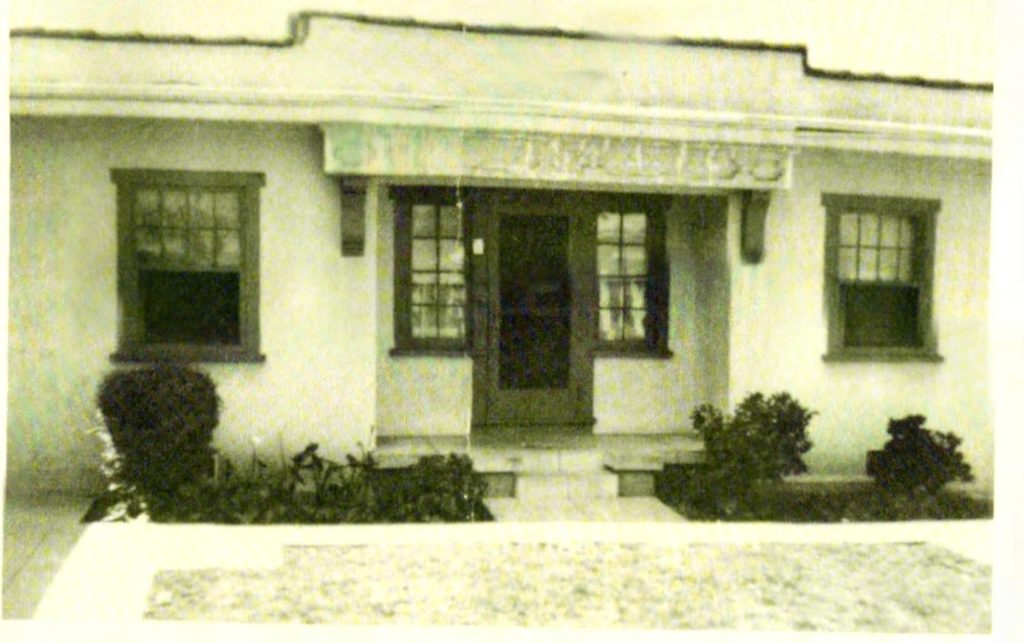
10. WYATT EARP’S LAST HOME
One of the Old West’s most famous lawmen—a man who was half-human and half myth, half good and half bad—spent a few of his golden years in a modest bungalow in Los Angeles before he died at age 80 in 1929.
In his later years, Wyatt Earp occasionally worked for the LAPD as a secret bounty hunter who’d sneak into Mexico to collar fugitives. He was also a technical adviser for Hollywood westerns, befriending the biggest cowboy stars of the day, such as Tom Mix and William S. Hart.
His Los Angeles funeral wasn’t big because Earp was broke when he died. His pallbearers—including Hart and Mix—took up a collections from mourners to pay for the service. His ashes were buried in Colma CA, awaiting his common-law wife Joise Marcus, who died in 1944.
Earp’s cottage at 4004 W. 17th St., was torn down decades ago. Today, the site is under the Johnnie Cochran Middle School, but a plaque marks the spot.
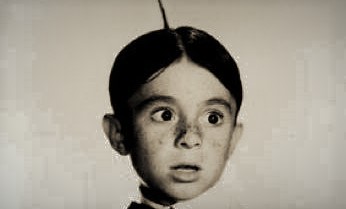
9. ALFALFA MOWED DOWN
With his crazy cowlick and an off-key singing voice that grated like fingernails on a chalkboard, Carl “Alfalfa” Switzer was the most recognizable kid—if not the most loveable—of the insanely popular Our Gang shorts between 1935 and 1942. But after the child actor got too old to play a cute little rascal, he struggled to find work in Hollywood.
To earn a little cash, Switzer offered to train a hunting dog for a friend named Bud Stiltz. But the dog escaped and Switzer offered a $35 reward. A few days later, a Samaritan returned the dog and claimed the reward, plus an extra $15 in free drinks from Switzer.
So Switzer, out $50 on the lost dog, decided that Stiltz should reimburse him. Angry and drunk, on January 22, 1959, he went to Stiltz’s house at 10400 Columbus Ave. and demanded fifty bucks.
Stiltz refused and a fight ensued. He shot Switzer in the groin, and Alfalfa died of massive internal bleeding before he could get to a hospital. A coroner’s inquest ruled the shooting was justifiable.
Alfalfa was buried without much fanfare at the Hollywood Forever cemetery. His headstone bears the image of a hunting dog.

8. A TERROR PLOT FOILED
When Khalid Shaikh Mohammed was captured in 2003, the architect of the September 11, 2001, attacks against the World Trade Center and the Pentagon, revealed that his original plan called for hijacking 10 airliners on both coasts, and crashing them all into high-value targets, including the landmark Library Tower (now US Bank Tower) in downtown Los Angeles.
But the difficulty of recruiting 10 terror crews caused Osama to scale back the ambitious 9/11 plot and to concentrate only on East Coast targets.
After the Twin Towers crumbled in an unexpected bonus, Mohammed resurrected his West Coast scheme. He recruited and trained the four Asian terrorists to crash their hijacked commercial jet into the Los Angeles landmark, probably in 2002. It never happened.

7. RESURRECTION OF ELMER McCURDY
Elmer McCurdy was a two-bit outlaw. In 1911, he got drunk and robbed a train. His booty: $46 and two jugs of whiskey. But a posse caught up to him in Pawhuska OK and shot him dead.
The undertaker who prepared Elmer’s bullet-riddled corpse for burial saw a chance to make a little extra cash by charging a nickel to anyone who wanted to see the outlaw’s embalmed body. As long as curious folks kept paying their nickels, he kept showing Elmer’s body, re-embalming it as necessary over the next few years.
Then one day, a couple of Elmer’s outlaw cohorts claimed his body—and promptly sold it to the carnival and sideshow circuit. His preserved remains criss-crossed America from the 1920s into the 1960s as “The Bandit Who Wouldn’t Give Up.” He was photographed at an amusement park near Mount Rushmore, scared people in haunted houses, lay in an open casket in a Los Angeles wax museum, and even “performed” as a prop in a few low-budget movies.
In time, Elmer ended up on permanent display on the midway at The Pike Amusement Park in Long Beach, California. But by the mid-1970s, the decaying park’s desperate owners did everything they could to stay alive.
In 1976, they allowed a film crew to shoot an upcoming episode of the popular TV show Six Million Dollar Man in one of the park’s thrill rides, where goblins, skeletons, and demons leapt up to scare folks.
While preparing the set, a crewman moved a mannequin that hung from the gallows in a corner. When he grabbed the mannequin’s arm, it broke off … revealing a bone inside. The park’s owners quickly identified him as the mummified outlaw Elmer McCurdy.
In 1977, the late Elmer McCurdy (1880-1911) returned to Oklahoma. His casket was covered with two tons of concrete—so he’d never be moved again.
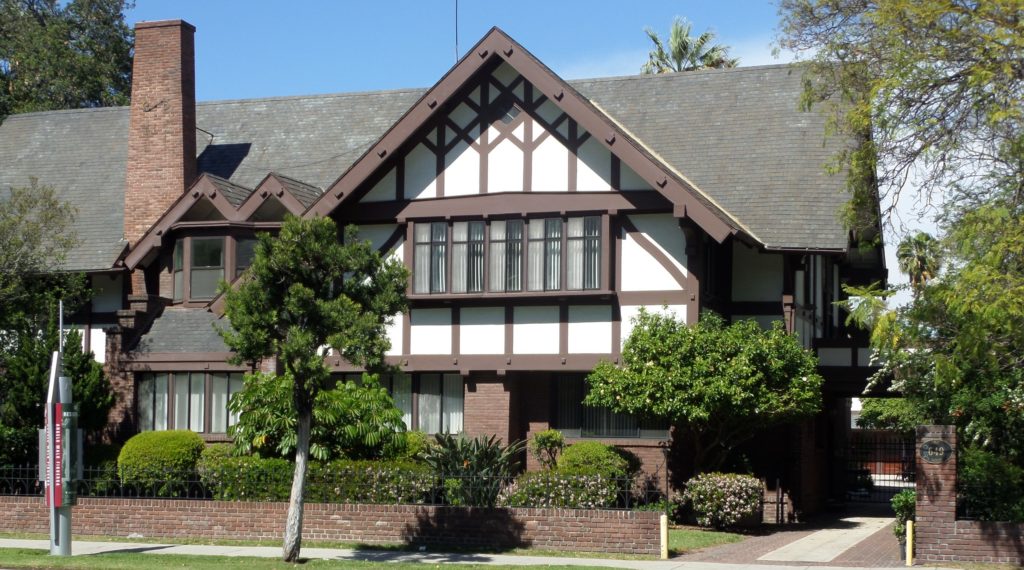
6. FATTY’S SANCTUARY
Roscoe “Fatty” Arbuckle not only gave Hollywood its first big star, he also gave Hollywood its first scandal.In September 1921, Fatty signed the first-ever million-dollar contract for an actor. He celebrated by renting a three-room suite at San Francisco’s St. Francis Hotel for a wild party with booze and party girls.
At some point in that debauched weekend, Fatty disappeared into a private bedroom with a starlet named Virginia Rappe for sex. Afterward, Rappe became ill and died four days later from a ruptured bladder and acute peritonitis. Fatty was charged with raping Rappe so violently that it burst her innards and killed her.
Fatty’s first trial ended in a hung jury, with only one juror voting to convict him. A second trial also ended in a hung jury, with only two jurors holding out for an acquittal. In his third trial, Fatty Arbuckle was acquitted of all charges—but his career was already in a shambles.
Fatty had taken refuge in his house at 649 West Adams Boulevard throughout his trials and aftermath. Blacklisted and nearly friendless, even after his acquittal, he worked under assumed names. He sunk into a deep depression.
But in 1933, Fatty got a break: Warner Brothers hired him to make a feature film … and then he died that night of a heart attack at age 46.
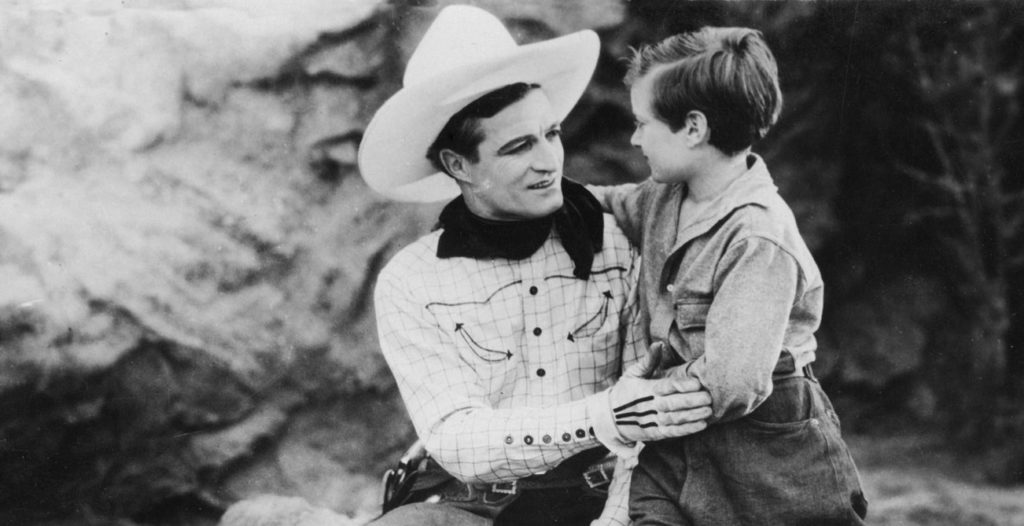
5. A TOUR OF FOREST LAWN
The most famous cemetery in Southern California is Glendale’s Forest Lawn Memorial Park. A sample its many crime-related guests:
Hollywood western actor Tom Mix, killed in a 1940 Arizona car crash, likely a drunken driving accident, when his metal suitcase slammed into his head, killing him instantly; swashbuckler, boozer, and lover of young women Errol Flynn, who died of a heart attack and cirrhosis in 1959; King of Pop Michael Jackson … well, you know; Manson prosecutor Vincent Bugliosi; Wild Bunch outlaw (and the real inspiration for Hollywood’s Sundance Kid) Ellsworth “Elzy” Lay; soul singer Sam Cooke, shot by a hooker in 1964; LAPD cop Ian Campbell, murdered in the 1963 “Onion Field” incident; Alice Stebbins Wells, the first sworn female police officer (1910) in the USA; and “Frankenstein” director James Whale, whose 1957 “suicide” was a suspected murder … and many more.
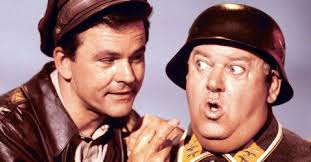
4. … AND WESTWOOD MEMORIAL PARK
Another famous cemetery in Los Angeles is Westwood Memorial Park, a favorite resting place for big stars, including:
Amateur porn actor and Colonel Hogan in TV’s “Hogan’s Heroes Bob Crane, bludgeoned to death by a mysterious killer while he slept; actress Dominique Dunne (“Poltergeist”), strangled by an ex-boyfriend in 1982; author Truman Capote, who wrote the seminal true crime, “In Cold Blood”; Hollywood siren Marilyn Monroe, who died of a 1962 drug overdose that’s been the topic of conspiracy theories for decades; actress Natalie Wood, who drowned in 1981, but also the subject of speculation that her death was foul play; Playboy centerfold Dorothy Stratten, blown to bits by her shotgun-wielding husband in 1980 … and many more.

3. HOLLYWOOD KRYPTONITE
To a generation of kids, George Reeves was the one and only Superman. He played the caped crusader in the wildly popular “Adventures of Superman” from 1952 to 1957. But when the series ended, the type-cast Reeves was unable to find much acting work. He grew depressed and reclusive. In the wee hours of June 16, 1959, Reeves died from a single gunshot wound to the head. It turns out, Superman wasn’t invulnerable.
His death was ruled a suicide but evidence emerged over the coming years that suggested foul play. Was Superman murdered?
There were other people in Reeves’ modest house that night, including his new fiancée. He’d recently broken up with his mistress. Unexplained bullet holes were found in the house at 1579 Benedict Canyon Road. And friends say Reeves just wasn’t the kind of guy to kill himself.
Nobody has ever been officially accused of killing Superman. No real evidence has been uncovered but foul-play suspicions persist.
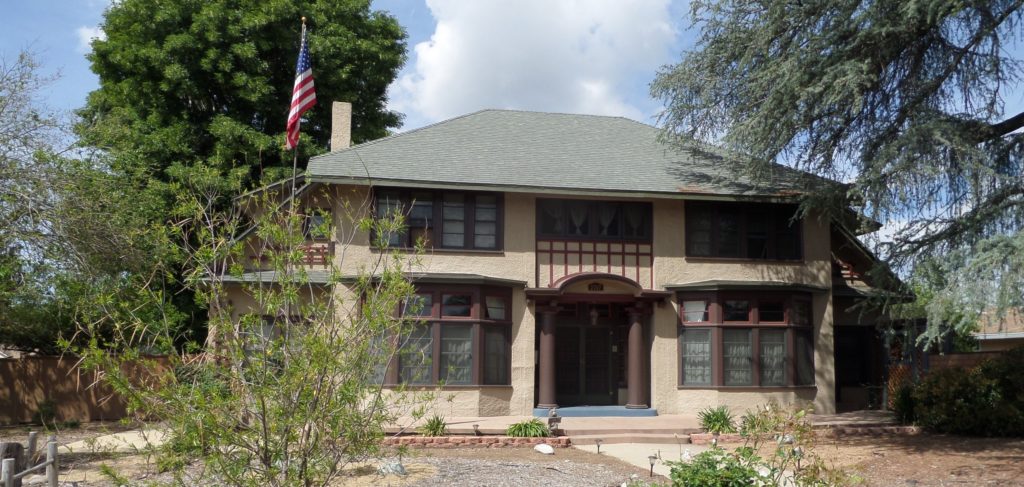
2. WAITING FOR ARMAGEDDON
For 10 years, a messianic cult leader named David Koresh preached his apocalyptic vision of the end times, prophesying Armageddon. Eventually, he’d be right about Armageddon.
Early on, Koresh moved to California to recruit new members for his cult, which lived communally in several homes. He eventually bought a two-story, white stucco house at 2707 North White Avenue in La Verne, where his harem of 18 wives would live. (Ironically, the five-bedroom, 1917 home is now used by a Christian-based addiction recovery house.)
Later, in Waco TX, Koresh fathered at least 15 children with various followers, took ownership of all the compound’s women, and claimed to be Jesus in the flesh. They all died in a 1993 federal siege to seize guns and drugs, and explore child abuse accusations. In the end, Koresh and 75 Davidians died in the fire, including 23 children under 17. Some committed suicide.

1. MALICE IN WONDERLAND
John Holmes had once been the biggest stud in American porn, literally and figuratively. As the star of more than 2,500 dirty movies, he was a dominant force in Southern California’s mega-million-dollar pornography industry in the 1970s, the Elvis of smut.
But by 1980, Holmes’ hardcore cocaine addiction was softening his reputation, among other things. His box office attraction shriveled. Between nasty skin flicks, Holmes pimped and robbed for the money to feed his drug habit.
He fell in with a loose gang of heroin-addicted cocaine dealers who lived together in a rowhouse at 8763 Wonderland Avenue in Laurel Canyon. In 1981, burglars slipped into the house and robbed the drug-dealer of $10,000, two bags of cocaine, and other valuable stuff. One burglar was John Holmes.
Discovering Holmes’s involvement, the drug-dealing homeowner blackmailed the porn star into helping him bushwhack the other burglars a few weeks later. They were slaughtered.
Holmes was charged with murder but a jury acquitted him.
But Holmes already had a death sentence. Six years later, he died of complications of AIDS.
To date, nobody has been convicted in the Wonderland massacre.
Bestselling crime writer Ron Franscell is the author of the crime history “The Crime Buff’s Guide to Outlaw Los Angeles” (WildBlue Press). Cover image by Josh Rose.
Can’t get enough of Ron’s “Incredible 10” lists?
Browse some of the previous blogs here:
◙ 10 Creepy Places Right Next Door
◙ 10 Mug Shot Tips for Your Next Arrest
◙ 10 Crime Myths You Probably Believe
◙ 10 Texas Crime Facts You Didn’t Know
◙ 15 Places for Writers to Retire
◙10 Wyoming Crime Facts You Didn’t Know
◙10 Songs for Every Writer’s Playlist
